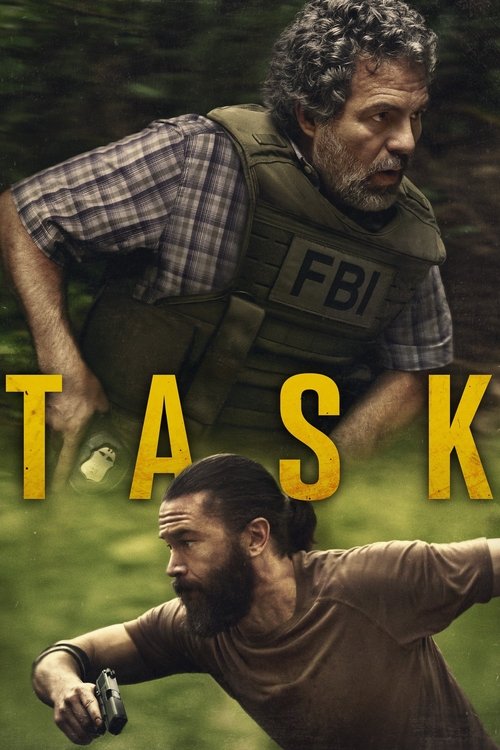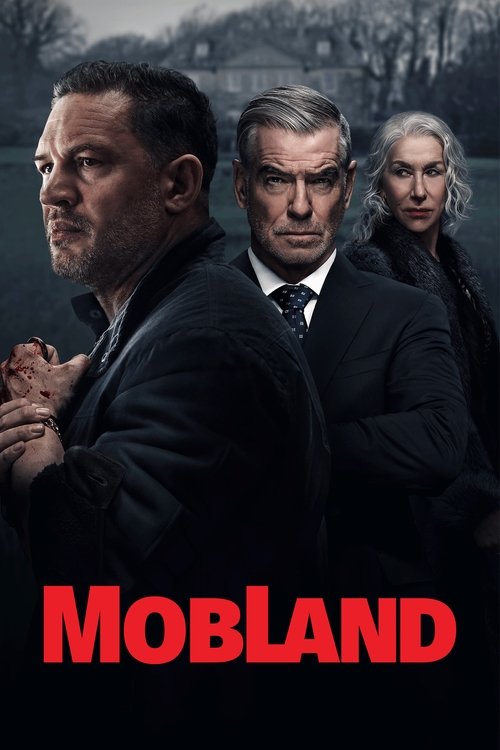
Ask Your Own Question
What is the plot?
The episode "7:00 P.M." of The Pitt begins with Dr. Robby and the medical team urgently treating multiple gunshot victims from the mass shooting at PittFest. The SWAT team is still present around the hospital, fueling rumors that the shooter might be nearby or even inside the emergency room. Meanwhile, Javadi and Whittaker collaborate to distribute blood supplies, prioritizing the most critical patients in Trauma. They carefully avoid the helicopter area as instructed and rush to deliver blood to those in dire need, but the demand is overwhelming, and they scramble to manage the limited resources.
As the night shift arrives, Bridget joins the team and is immediately assigned by Dana to oversee the new interns who are handling their own cases amid the chaos. Whitaker attends to Buster Poreli, a children's entertainer who has been shot. Whitaker attempts to insert an intraosseous (IO) line to administer fluids, but Melissa intervenes, reminding him that IO lines are only for unconscious or unresponsive patients, and Buster is conscious. This highlights the confusion and errors occurring under the extreme pressure of the mass casualty event.
Jake, Robby's stepson, arrives at the hospital with a leg injury sustained during the shooting. His girlfriend Leah is brought in unconscious and in critical condition. Robby focuses all his efforts on saving Leah, performing every possible intervention. Despite his determination, Leah's injuries are fatal; a bullet tore through her heart, and the blood loss is too severe to overcome even with advanced procedures like thoracotomy or ECMO. Robby is forced to accept that she cannot be saved.
Jake is devastated by Leah's death and confronts Robby, demanding to know why she couldn't be saved, questioning Robby's abilities as a doctor. Robby struggles to maintain composure but tells Jake that saving as many patients as they have under these circumstances is a miracle. This confrontation deeply affects Robby, who begins to break down emotionally, overwhelmed by guilt and grief.
Elsewhere, Whitaker works to calm a patient named Carmen by engaging her in conversation about tembleque, a Puerto Rican dessert she is selling at the festival, showing his growing confidence and ability to connect with patients despite the crisis. The episode also highlights the social workers Kiara and Lupe as they assist victims' loved ones, providing moments of emotional respite amid the turmoil.
Throughout the episode, the medical staff face relentless pressure, making difficult decisions and coping with the psychological toll of the mass casualty event. Robby's breakdown marks a significant emotional climax, revealing the human cost of the crisis on those tasked with saving lives. The episode ends with the hospital still in crisis mode, the staff exhausted but continuing to fight for every patient, knowing the ordeal is far from over.
What is the ending?
I couldn't find specific information about the ending of "The Pitt," Season 1, Episode 13, titled "7:00 P.M." produced in 2025. The search results do not provide details about this episode. Therefore, I cannot provide a short or expanded narrative of the ending.
If you have access to more detailed information or specific sources about this episode, I would be happy to help you summarize it accurately. Otherwise, I recommend checking official sources or reviews related to "The Pitt" for more precise information.
Is there a post-credit scene?
There is no specific information available about a post-credit scene in "The Pitt" Season 1, Episode 13, titled "7:00 P.M." The episode focuses on the hospital staff dealing with the aftermath of a mass shooting, with Dr. Robinavitch refusing to give up on a mass casualty victim and other characters making risky moves. The episode received critical acclaim, particularly for Noah Wyle's performance in the closing scene. However, details about any post-credit scenes are not mentioned in the available sources.
What is the emotional state of Dr. Robby during the episode '7:00 P.M.'?
Dr. Robby's emotional state in '7:00 P.M.' is one of intense vulnerability and desperation. He struggles with PTSD and the trauma of his past, particularly the loss of his mentor and his experiences during the COVID-19 pandemic. This emotional turmoil is exacerbated by the mass casualty event, where he is forced to confront the possibility of losing someone he knows, leading to a breakdown.
How does the relationship between Dr. Robby and Dr. Langdon evolve in this episode?
The relationship between Dr. Robby and Dr. Langdon becomes more complicated in this episode. Despite their strained relationship, Dr. Langdon and the rest of the team are aware of Robby's emotional state and the challenges he faces. This understanding adds depth to their dynamic, highlighting the complexities of their professional and personal interactions.
What happens to Jake and his girlfriend Leah in the episode?
Jake, who is somewhat like a stepson to Robby, is injured in the mass shooting and receives treatment. Unfortunately, his girlfriend Leah does not survive. Robby's efforts to save her are driven by his desire to avoid delivering the devastating news to Jake, reflecting his deep emotional investment in the situation.
How does Dr. McKay's storyline progress in '7:00 P.M.'?
Dr. McKay's storyline involves her destroying her ankle monitor, which likely has serious consequences for her. Additionally, she is concerned about getting her son out of the hospital, indicating ongoing personal challenges that intersect with her professional life.
What role do social workers play in this episode, especially during the active shooter situation?
The episode highlights the critical role of social workers during emergencies like an active shooter situation. They are shown to be integral in managing the crisis, underscoring their often-overlooked but vital contributions to patient care and crisis management.
Is this family friendly?
The TV show "The Pitt" is not family-friendly due to its mature themes and graphic content. Here are some aspects that might be objectionable or upsetting for children or sensitive people:
- Graphic Medical Scenes: The show is known for its realistic portrayal of medical procedures and injuries, which can be quite intense and disturbing. This includes detailed depictions of surgeries, severe injuries, and the aftermath of traumatic events.
- Emotional Toll: The series explores the psychological challenges faced by healthcare workers, which can be emotionally taxing to watch. Characters often deal with personal crises and workplace stress, leading to intense emotional moments.
- Mature Themes: The show tackles complex issues such as staff shortages, underfunding, and the personal struggles of healthcare professionals, which may not be suitable for younger audiences.
- Blood and Gore: There are frequent scenes involving blood and gore, which can be unsettling for sensitive viewers.
These elements are consistent throughout the series, including Season 1, Episode 13, titled "7:00 P.M."





























